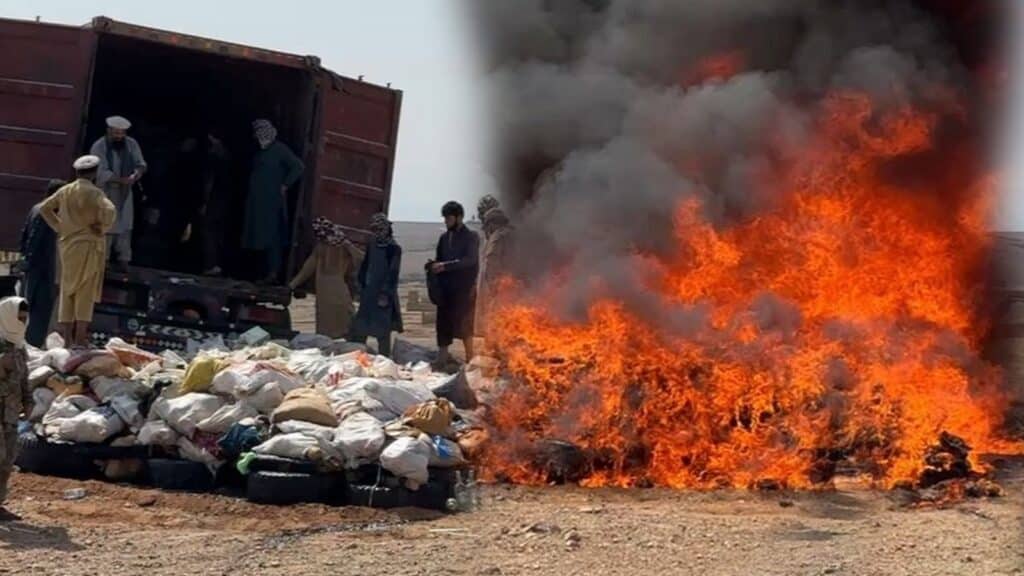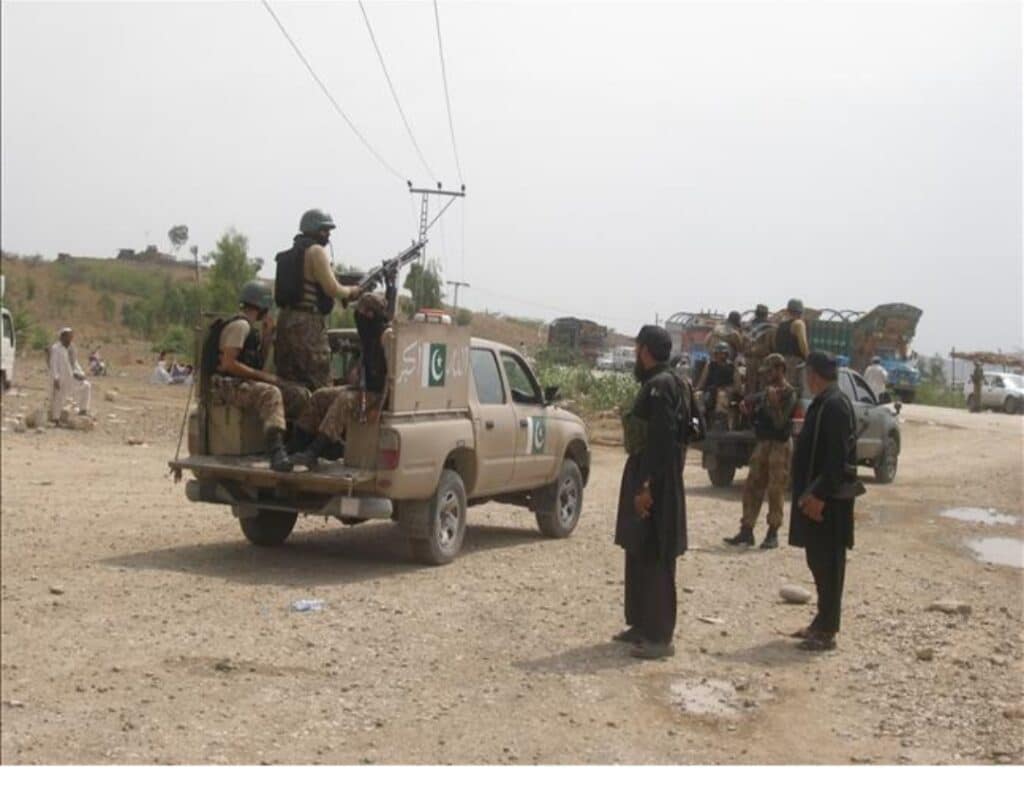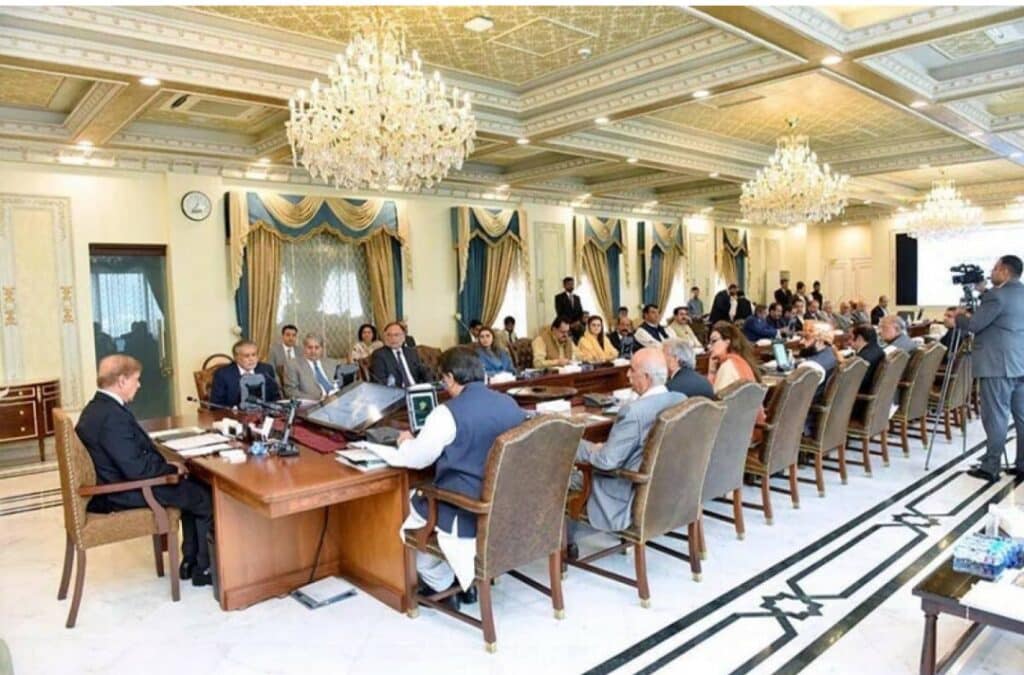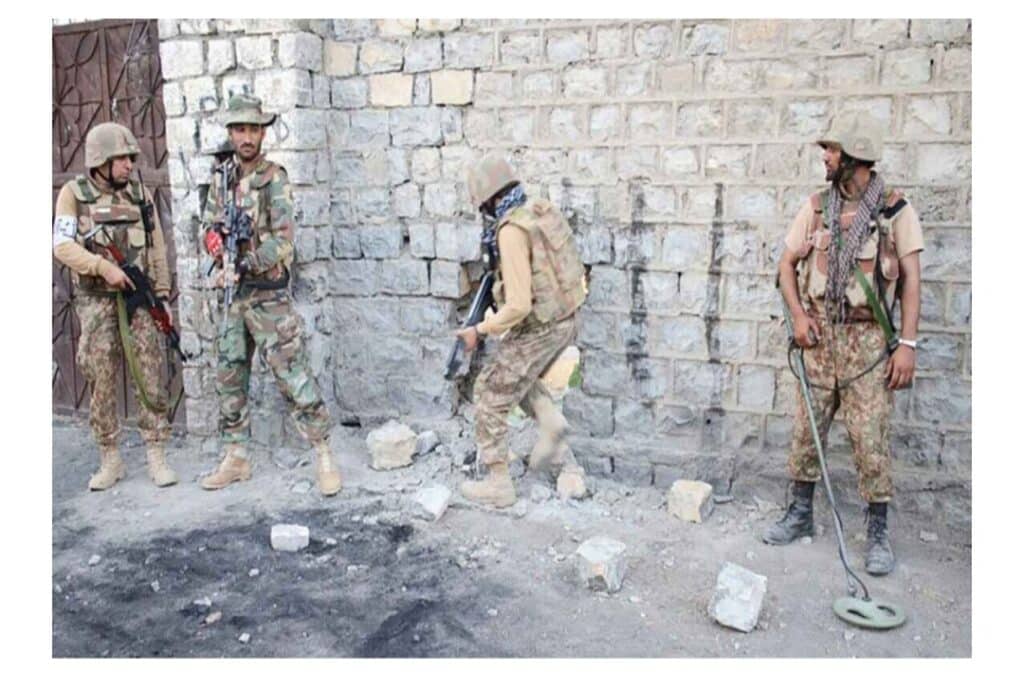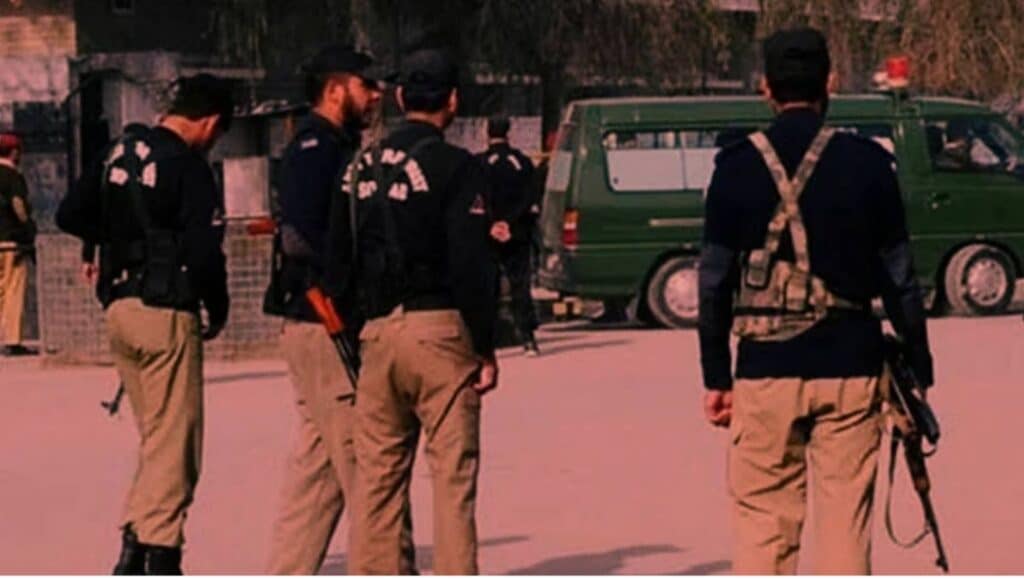The Taliban administration in Afghanistan has once again staged a public display by burning nearly 30 metric tons of narcotics in Nangarhar. Officials claimed the drugs were seized over the past four years and that more than 2,500 people had been arrested.
However, critics say such ceremonies are largely for show—designed to convince the international community that the Taliban are serious about combating narcotics—while in reality, Afghanistan remains the world’s largest source of opium and heroin. Numerous reports suggest Taliban commanders and networks continue to profit from the very trade they claim to fight.
During the event, Taliban police spokesperson Sayed Tayeb Hamad declared that “opium, heroin, hashish, alcohol, K tablets, Zikap pills, acids, solid chemicals, and crystal meth” had been destroyed in the presence of officials. Yet, Afghan residents and analysts argue that the trafficking of narcotics continues unabated, often under the watch—or even with the direct facilitation—of Taliban-linked groups.
Nangarhar locals, while cautiously welcoming any effort against narcotics, expressed doubt about the Taliban’s sincerity. Many pointed out that drug use and trafficking have only increased, with young people becoming the biggest victims. One resident, Hazratullah, warned that addiction among youth is rising daily and accused authorities of turning a blind eye to the real profiteers: the drug networks shielded by those in power.
Independent observers note that while addicts are rounded up and paraded as scapegoats, the larger trafficking infrastructure—controlled by Taliban-linked commanders and criminal cartels—remains untouched. The destruction of seized drugs, they say, is a carefully crafted performance aimed at winning legitimacy abroad while hiding the regime’s deep ties to the billion-dollar narcotics trade.

